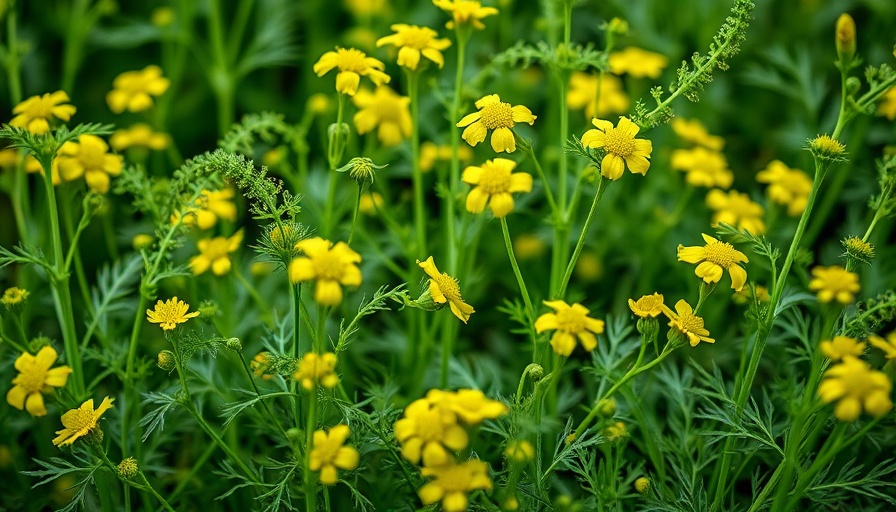
Understanding Annual and Perennial Herbs
Herbs are a delightful addition to any garden, especially for those who appreciate home-cooked meals. It’s vital to understand the difference between annual and perennial herbs when starting your herb garden. Annual herbs, such as sweet basil and cilantro, complete their life cycle within a single growing season. Once they flower and produce seeds, they stop growing new leaves. This natural process is triggered by several factors including temperature changes and watering habits. On the other hand, perennial herbs like rosemary, thyme, sage, and Thai basil thrive for several years, typically producing seeds each year without dying off. This resilience offers gardeners a sustainable means of growing flavorful additions to their culinary repertoire.
The Care Each Herb Type Requires
To help your herbs flourish, proper care is essential. Annual herbs need to be harvested frequently to encourage bushy growth; otherwise, they tend to become spindly and unproductive. The best way to harvest basil, for example, is to cut the stem rather than just picking individual leaves. This technique promotes healthier regrowth. For perennial herbs, conducting a seasonal cut-back and re-potting into fresh soil enhances their growth. When in a garden bed, simply trimming these plants back and providing fertilizer can stimulate new growth in spring.
Creative Ways to Preserve Your Harvest
Homeowners in Folsom and El Dorado Hills understand the value of utilizing homegrown ingredients. When faced with a surplus of herbs, there are various preservation techniques to explore. You can dry herbs until they are crumbly and store them in airtight jars for use throughout the year; this not only enhances flavors in winter meals but also allows for creative gift-giving. Freezing herbs in ice cube trays with a bit of water or oil is another excellent technique that allows easy usage in cooking. Homemade pesto can also be created using basil, garlic, and nuts, providing an effortless way to enjoy summertime flavors.
Gardening Tips for Beginners
For novice gardeners, starting with a few easy-to-grow herbs is advisable. Mint, parsley, and chives require little maintenance and are quite forgiving, making them perfect for building confidence. As you gain experience, you can incorporate more variable herbs into your garden, expanding your culinary adventures. Remember, location and sunlight are key: most herbs thrive in spots with full sun exposure, so consider where you place your pots accordingly.
Creating the Perfect Herb Garden
Whether you intend to create a kitchen windowsill herb garden or a larger outdoor space, designing the garden can be as rewarding as the harvest. Raised garden beds or containers can help manage plant health and create a clean aesthetic. Choose a mixture of annual and perennial herbs to ensure continuous freshness. Additionally, employing companion planting techniques can enhance your garden’s productivity by warding off pests naturally.
Conclusion: Your Herbal Journey Awaits
With the right knowledge and techniques, starting your herb garden can be an enjoyable and fruitful endeavor. Not only will it enhance your home-cooked meals, but it also provides a satisfying connection to nature. Whether you're experimenting with preservation or cultivating the perfect conditions for growth, your herbs will flourish with attention and care. As you cultivate your gardening skills, remember that experimentation and patience are key. Begin your herbal journey today and enjoy the fruits of your labor!
 Add Row
Add Row  Add
Add 




Write A Comment